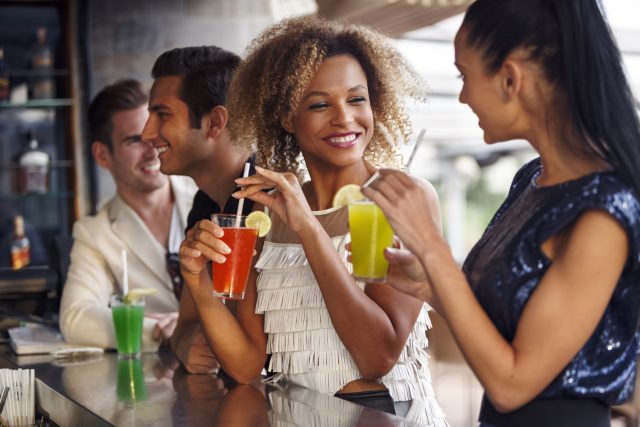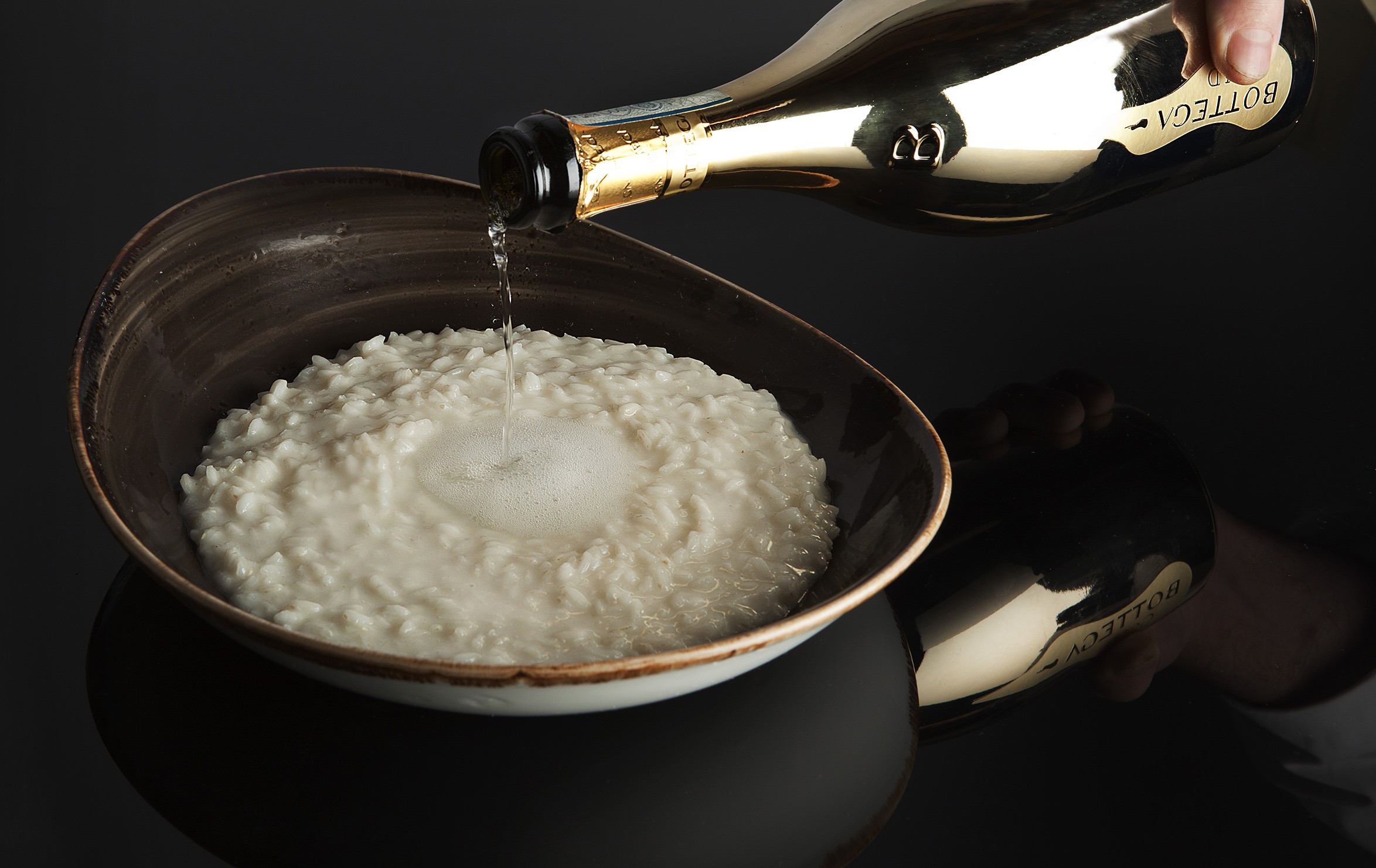This is what the wine trade really needs to worry about
At a Vinexpo Paris press briefing this week, Wine Intelligence COO Richard Halstead outlined “the big challenge the wine industry faces over the next decade”, and it’s a concern for big-volume, low-cost producers in particular.

During a presentation entitled The battle of generations in the UK he said there were “fundamental changes afoot in the wine industry and its consumer base,” adding that “many have been long in the making,” before noting that “the Covid era really accelerated them.”
Explaining that the challenge for the wine trade concerns “remaining relevant to its emerging consumers,” he highlighted some figures to show that fewer younger people in the UK are drinking wine, and the decline is significant.
“Around a quarter of the UK population who drink wine are between the ages of 18 and 39, which is a lot lower than it used to be – that is the key point,” he began.
Continuing he said, “If you take the data back 12-13 years [to 2010], the population of that group [regular wine drinkers between 18-39 years old] was around 37%; it really has moved [falling to 26% today].”
As a result of such a trend, he stated, “Wine drinking is by and large an old person’s game,” adding, “Half of the UK’s wine drinkers are now over the age of 55.”
While he said that having a large proportion of older wine consumers “is not actually that weird when you look at the profile of the UK population, which is an ageing population, like most of Europe,” he stressed that the difficulty for the wine trade was “replenishing” the younger consumers that have been lost.
But why are fewer adults below the age of 40 drinking wine on a regular basis? (With ‘regular’ defined by Wine Intelligence as once a month, although 80% of such consumers are in fact drinking wine at least once a week, according to Halstead).
The “main reason” is that “a lot of other things have come along”, he said, referring to the likes of no- and low-alcoholic drinks and functional beverages that “those of us who grew up in the 70s and 80s never dreamt about”.
“It’s a different world,” he said of the drinks industry today, making it harder for wine producers to both recruit and retain consumers.
But it’s not just the increased competition from other types of drinks that’s the problem for the wine sector. It’s also “the notion that alcohol is not a necessity, but an option,” said Halstead, referring in particular to those consumers who have only recently entered the legal drinking age.
“The new generation [of drinkers] have a very different relationship with alcohol from their parents, who used to see wine as something they drank quite a lot of, quite regularly; it was part of the fun of being an adult,” he said.
In contrast, Halstead observed that his children’s generation – so people in their 20s – “are curators of alcohol consumption: they take occasions more thoughtfully, they are thinking about it, not just drinking because it’s there.”
Partner Content
For them, not only is “abstinence one option”, but so too are “other drinks categories that didn’t exist 30 years ago.”
As a result, the wine industry is facing “twin pressures”, with younger consumers choosing to have fewer “drinking occasions” due to “healthier lifestyles” and “moderation becoming cool”, and the fact that when such consumers do decide to drink, “the choice is much broader.”
Also, because younger drinkers “primarily engaged with wine in pubs, bars and restaurants,” Covid “accelerated” the decline in consumption among this age group because pandemic restrictions “cut-off” this channel.
However, the good news for the wine industry concerns a finding by Wine Intelligence that those younger consumers who drink wine regularly today are “really into” the product.
“If you, as a 20 something, are drinking wine, you are doing so because you have fallen in love with it,” said Halstead.
Such consumers are “engaged” because “wine has changed so much and so rapidly”, with Halstead citing the product’s speedy move to more sustainable production methods, and enhanced diversity, both in terms of the gender and ethnicity of winemakers, but also the fact “it comes from so many places”.
But the challenge remains, he stressed, “How do you spread that gospel beyond that group that is relatively small to where it was 10-15 years ago.”
Finally, noting that younger wine consumers “see wine as a social beverage of some specialness”, and tend to spend more on a bottle of wine than older consumers – “because price is a safety value for younger consumers” – he said that the opportunity in wine lay with more premium products, and, within that, sparkling wines and rosés, along with those that are natural or organic.
Such a trend is “a good thing for those who sell prestigious and aspirational products,” said Halstead, before warning, “But it’s not so good if you are low cost and you need to sell a lot.”
Concluding on this topic, he added, “So, if you are a big volume producer right now, your primary target are those people over the age of 40, who are drinking wine regularly, and in more volume than the younger generation.”
The UK wine drinking population
- Boomers (55+): 48%
- Gen X (40-54): 25%
- Millennials (25-39): 21%
- Gen Z (18-24): 5%
Source: Wine Intelligence, Vinitrac® UK, July 2022 (n = 1,006) UK regular wine drinkers
Related news
Castel Group leadership coup escalates
For the twelfth day of Christmas...
Zuccardi Valle de Uco: textured, unique and revolutionary wines




